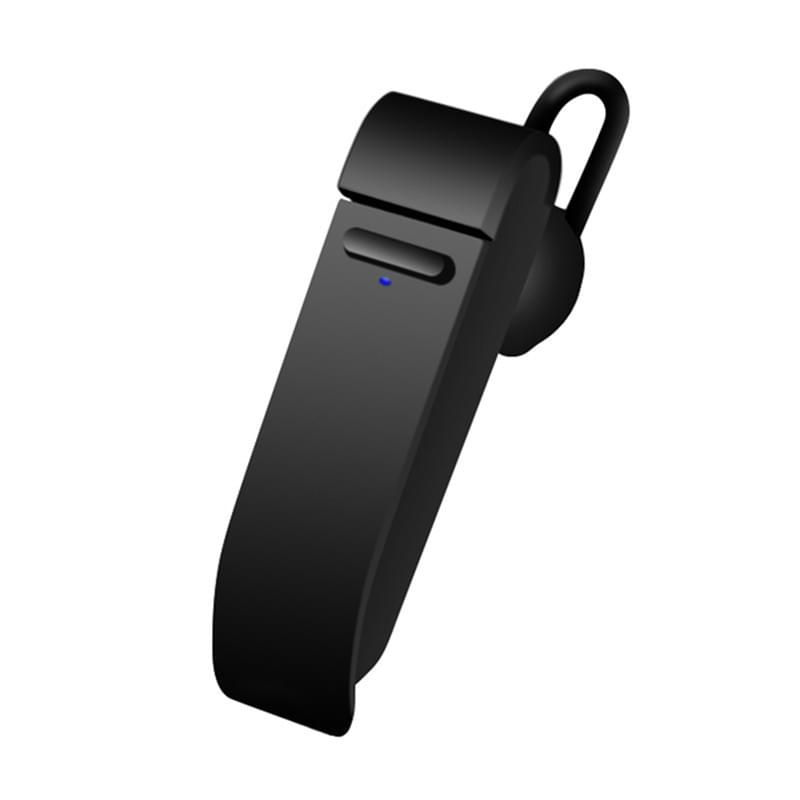
A robot vacuum cleaner, more commonly known as a Roboquad as a generic term, is a self-contained, reusable robotic vacuum machine that has a limited floor cleaning capability and self-automating capabilities. It is typically controlled via a user interface or a wireless device such as the iRobot smartphone or an app on a smart phone. While the original Roboquad was originally developed for the military, its use is growing rapidly by professional commercial cleaners. It is usually purchased with the intention of using it on a commercial level.
The robot vacuum cleaner consists of two main components - the main robot body and its accessory base, which are powered by a rechargeable battery. The body of the cleaner consists of a brush/towel assembly, which has two sensors (one for the dirt and the other for the dust), and a controller. A lithium polymer battery, which can be recharged from a DC power supply, powers the sensors and the electronics of the unit. This type of battery is not very heavy, which allows it to be folded up and stored easily. It also allows the unit to be folded and packed in a small space and to be moved without attaching to any wires or utilities.
The head of the robot vacuum cleaner can be controlled via a remote control device or a series of cameras. The two infrared sensors that are used to detect the dirt on the floor are located in the head's front end. Infrared sensors are usually used in the line of sight robots, because they do not require eyes to detect their presence. A series of cameras can also be installed on the cleaner's back to provide 360-degree coverage. Most cleaners have cameras that are able to pan, tilt, zoom, and relocate so that the operator can view the floor at any point during the cleaning process.
Other types of sensors are used in the Robot Vacuum Cleaner from this site to detect other particles that might be attached to the floor. There is a sensor that can detect any foreign object that has been placed on the ground, as well as any object that are not human-made. There is even a sensor that is able to detect other liquids, like water or oil. This type of cleaning machine has many different attachments and is not limited to just the two infrared sensors mentioned above. These sensors can help the robot vacuum cleaner locate any other particles that might be attached to the floor, as well as detect foreign objects that might have fallen and gotten trapped between the teeth of the robot vacuum cleaner.
The room i7 cleaning system is one of the most popular types of Robot Vacuum Cleaner available. This unit comes with a standard six-foot hose, but is also compatible with seven-foot extensions that can extend to forty feet. The room i7 vacuum can clean hard floors, carpeted or bare floors. It is especially effective at cleaning high-traffic areas and especially great at picking up pet hair. The robot vacuum cleaner comes with a brush attachment, and the machine is also compatible with the eufyboostiqrobotic 11s. Roboquad's website states that this cleaning machine can pick up pet waste, dirt, and even human urine.
Although all of the above mentioned sensors are extremely useful, it may be difficult to find one that is fully waterproof. Most of the sensors mentioned above are waterproof, but if you plan on cleaning extremely wet areas like basements, it might be best to purchase a unit that is not. Some of the vacuums can get extremely hot when running at top speed, so it is advisable to turn the power down before attempting to use the machine in these conditions. You should also pay close attention to the manual and warranty information for your particular robot vacuums to ensure maximum protection of your investment. If you can find additional information online now, it may help you make a better decision when making your purchase.